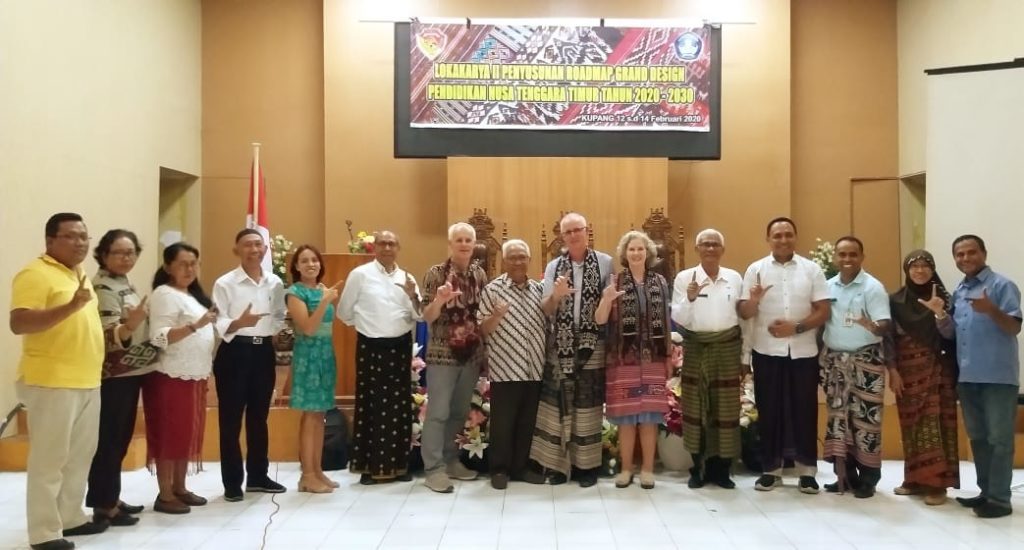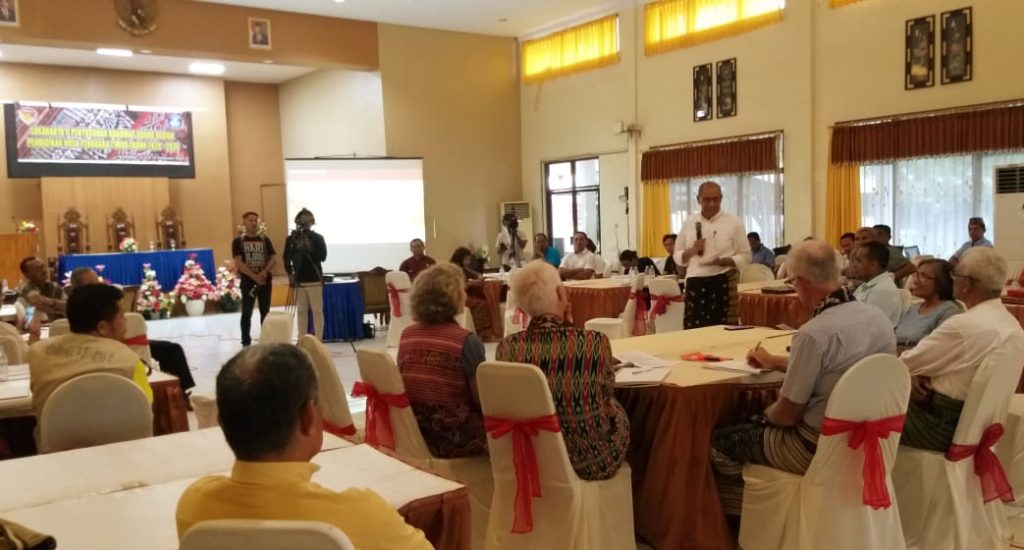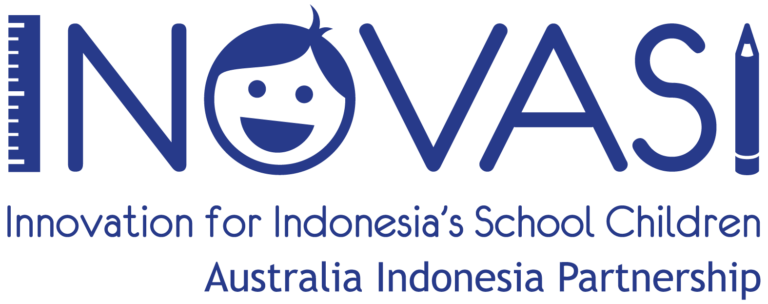
As a follow-up to the first phase of the workshop, this workshop was expected to produce a Quick-Win program that can be implemented and to obtain collaborative funding support from the government levels, from the province, district/city to village governments within the organizational framework of the NTT Arise Education Collaboration Committee.
The workshop was held from 12 to 14 February 2020, at the Hall of the Education Quality Assurance Agency (Lembaga Penjamin Mutu Pendidikan, or LPMP) of NTT. The workshop was opened by Kosmas D. Lana, Assistant for General Administration. In his speech, Kosmas said that the Grand Design Roadmap must produce programs that are jointly carried out by provinces and districts or cities, noting that this is important so that education problems in NTT can be resolved together. “This second workshop is expected to produce a program acceleration that was started in 2020 and 2021,” said Kosmas.
In addition to the Grand Design Working Group (Kelompok Kerja, or Pokja), this workshop was also attended by representatives from the Education Office, the Regional Development Planning Agency (Bappeda) from 22 districts or cities in NTT, as well as Prof. Willi Toisuta and Prof. Mien Ratoe Odjoe, Special Advisors to the Governor of NTT on Education. The joint team of INOVASI and TASS, which were the resource persons and facilitators for the preparation of the Grand Design, once again provided technical support for the preparation of this roadmap. The team consisted of Basilius Bengoteku (Sub-National Senior Advisor of INOVASI), Hironimus Sugi (Provincial Manager of INOVASI NTT), Mus Mualim (Provincial Education Policy Specialist of INOVASI NTT), and Ingga Danta Vistara (Activity Manager of TASS Program).
Under the theme “Strategic and Concrete Steps for the Integration of the Quick-Win Program into Planning and Budgeting, Synergy between Government Levels and Education Units”, this activity was divided into five sessions. The first session was the synchronization of the Quick-Win program and activities from the first phase roadmap workshop with what has been done by districts or cities, academics, humanists, foundations or NGOs, the media, and other literacy activists in NTT.

The second session discussed the relational integration of functional tasks according to government levels (village, district, and province) and Education Units (kindergarten, or PAUD; elementary school, or SD; junior high school, or SMP; senior high school or vocational senior high school, or SMA/SMK, special education service, or PKLK, and Non-Formal Education).
In the third session, the participants formulated the Quick-Win program indicators to measure the success of program implementation.
The fourth session focused on the integration of programs and activities into planning and budgeting.
In the fifth session, the participants calculated the costs of implementing the Quick-Win program for 2020 and 2021.
Prof. Willi Toisuta noted that it is necessary to ensure that every program formulated is evidence-based and that this evidence be used to encourage policies in the Quick-Win program. To ensure that the Quick-Win program is implemented, it is integrated into local planning and budgeting. According to Prof. Willi, this integration needs to be followed up on so that the program is implemented according to the authority of the stakeholders and in order to build communication with the authorities. He also recommended that the targets and goals of the Quick-Win program be made annually from 2020 to 2030.
The establishment of the NTT Arise Education Collaboration Committee is one of the efforts to ensure the implementation of the Quick-Win program that was formulated in the Grand Design roadmap. At the end of the event, Benyamin Lola, Head of the NTT Provincial Education and Culture Office, said, “This smart idea is expected to bridge the communication of authority of the province and the regency or city and be synergized. What’s most important is how to use the evidence that has been obtained throughout NTT as a starting point for the implementation of the Quick-Win program.”







